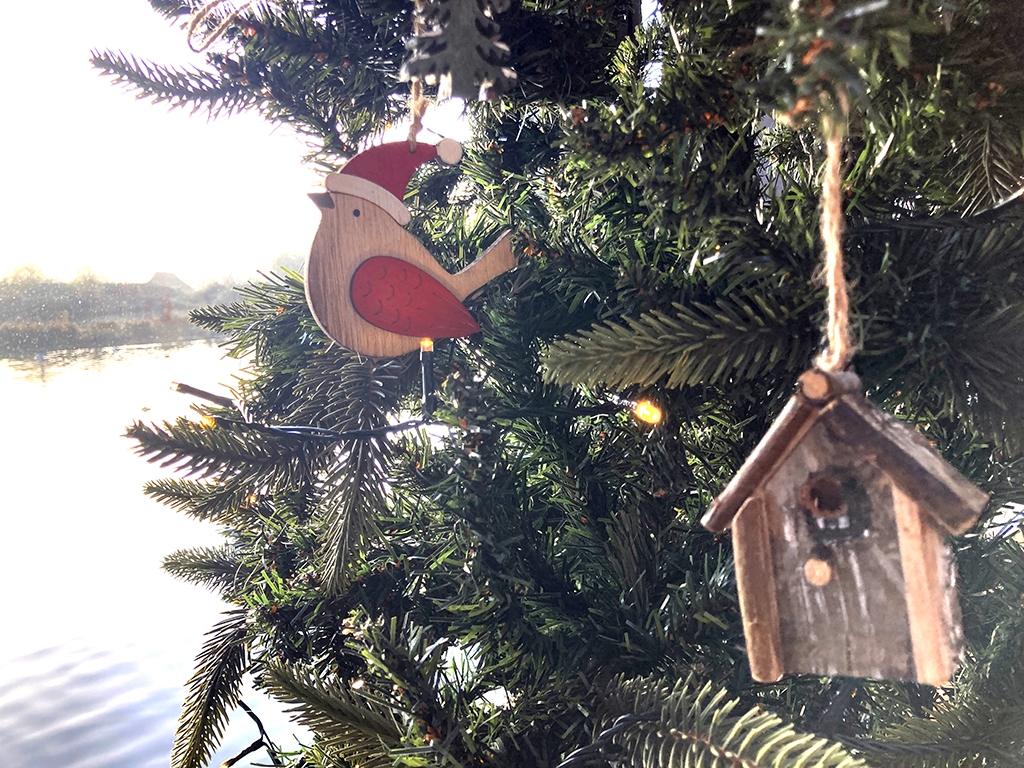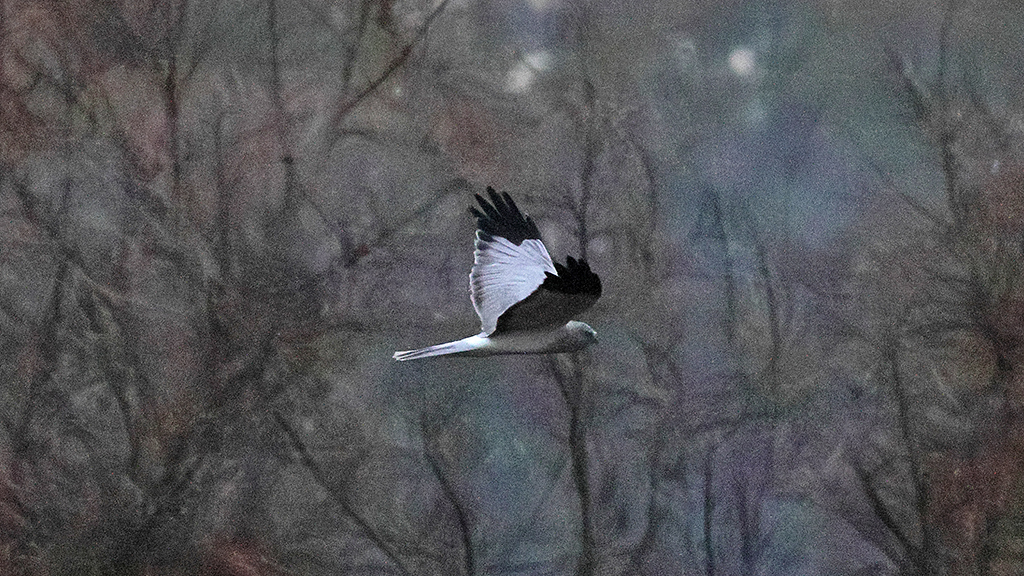Whips enlarge dormice habitat
Project aided by grant from South Downs National Park Authority
A row of small sticks in plastic tubes lines a quarter-mile of Mill Road between WWT Arundel Wetland Centre and the Black Rabbit pub. These are wooden 'whips' will transform into a vibrant hedgerow over the next five ears. This hedgerow will link up woodland features along the road to the grounds of Arundel Wetland Centre, acting as a wildlife corridor for dormice, birds and insects.
Volunteers from the South Downs National Park Authority planted the ‘whips’ of hazel, hawthorn and blackthorn by hand alongside Wildfowl & Wetlands staff and volunteers. Additional whips were planted inside the reserve to supplement the dormouse habitat around Swan Lake and to create new hedgerow in other areas. These improvements are part of the Arun Riverlife Project currently underway at WWT Arundel Wetland Centre.
When he designed WWT Arundel Wetland Centre, Sir Peter Scott’s original vision was for visitors in the main gallery to look out over Swan Lake and be able see across the landscape all the way to the South Downs. The Arun Riverlife Project at the wetland centre seeks to restore some of this inspired outlook. The proposed project design reflects the riverscape of the Arun Valley, undertaking the re-landscaping of Swan Lake.
Preparations for the Arun Riverlife project began in January when the larger fish were removed from Swan Lake. This fishing had to be done under license in winter so the fish did not overheat during transport. Tree cutting around Swan Lake began in February. This work was licensed by Natural England with strict procedures in place to protect the dormouse population onsite at WWT Arundel.
Trees obstructing the views to the South Downs were reduced. The remaining landscape will now be redesigned to give the impression that the River Arun flows up to the windows of the centre. Shorter scrub around the lake was preserved as dormouse habitat and new hedgerow has been planted here to fill in any gaps.
The de-silting and re-landscaping of the lake is planned to start later this year, once full funding has been raised, with completion in Summer of 2013. The new view from the gallery will showcase five different types of wetlands found along the river valley. Two small shingled islands will represent eroded river banks and provide nesting spots for common terns. A border of reeds along the water’s edge will provide cover for wading birds. Wet fen and wet grassland will offer a variety of habitat for different species. Improved water quality and phragmites reeds on the lake will also attract the water voles in the area.
An artificial kingfisher nesting bank with a rendered artificial front panel dotted with clay pipes backed with infill for nesting burrows will be included in the redesign. This will make for fantastic views of the Kingfishers on the lake all year around.



